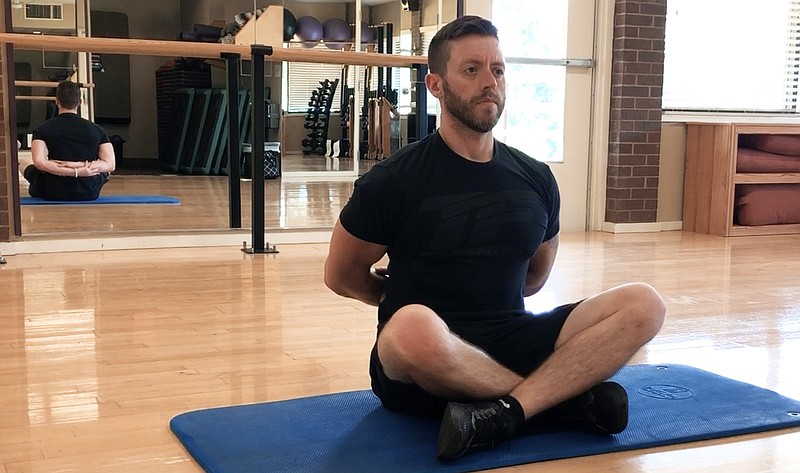Mental health has been an element in national news stories during and before the pandemic. Many of these situations remind me that mental health is equally important, if not more important, than physical health.
Physical activity has real mental health benefits, including helping us achieve a relaxed state of mind.
A great deal of research has been conducted about mental health and physical activity. It is an area that many scientists have been interested in, which has resulted in a mountain of data to support the link between living a physically active lifestyle and positive mental health outcomes.
Based on the research, we know that cardiovascular exercise can improve mood and also decrease state (temporary) anxiety and depression. This is achieved through a variety of positive side effects, including the release of feel-good chemicals in the brain, better quality sleep, higher cognitive functioning and more.
Chances are that my readers have felt the positive mental health benefits of exercise at one point or another. That can be a powerful motivator for exercise adherence, simply because people feel a marked difference in their psychological state when they are active.
But there are a few key methods for maximizing the mental health benefits of a given workout program.
First, think about the type of activity. Yoga, Tai Chi and other types of mind/body classes are excellent for calming the mind, reducing stress, lowering anxiety and increasing confidence. I like to mix these types of classes into my routine once or twice a week. The lower physical intensity of mind/body classes allows one to dwell more on mental focus, awareness and active relaxation techniques.
Low- to moderate-intensity aerobic exercise (running, cycling, etc.) sessions as short as 10 minutes have been shown to affect mental health in a positive way. The key here is to keep the workload manageable and allow the heart rate to rise slowly to the desired workload. Once at the appropriate intensity, maintain it for 10-20 minutes.
This week's exercise demonstrates a third category of mental health activity that is often part of mind/body classes — stretching. The Behind the Back Grip Stretch allows the exerciser to sit in a relaxed position while performing a passive stretch for the shoulder and chest muscles.
[Video not displaying? see arkansasonline.com/96master/]
1. Sit with your legs crossed on an exercise mat.
2. Place both hands behind your back and bend both elbows so your right and left forearms are touching one another.
3. Grip the left forearm with the right hand and vice versa.
4. Pause here, take a deep breath in, and let it out.
5. Take four more deep breaths to complete this cool-down stretch.
The best thing about this stretch is that it requires zero effort to maintain. For me, this is what allows for a complete mental and physical relaxation state. I can almost physically feel stress levels decline with each passing moment, and I feel great afterward. So, let's get busy relaxing!
Matt Parrott is glad to hear from readers. Send him questions or share a story about your pandemic workouts at
vballtop@aol.com
